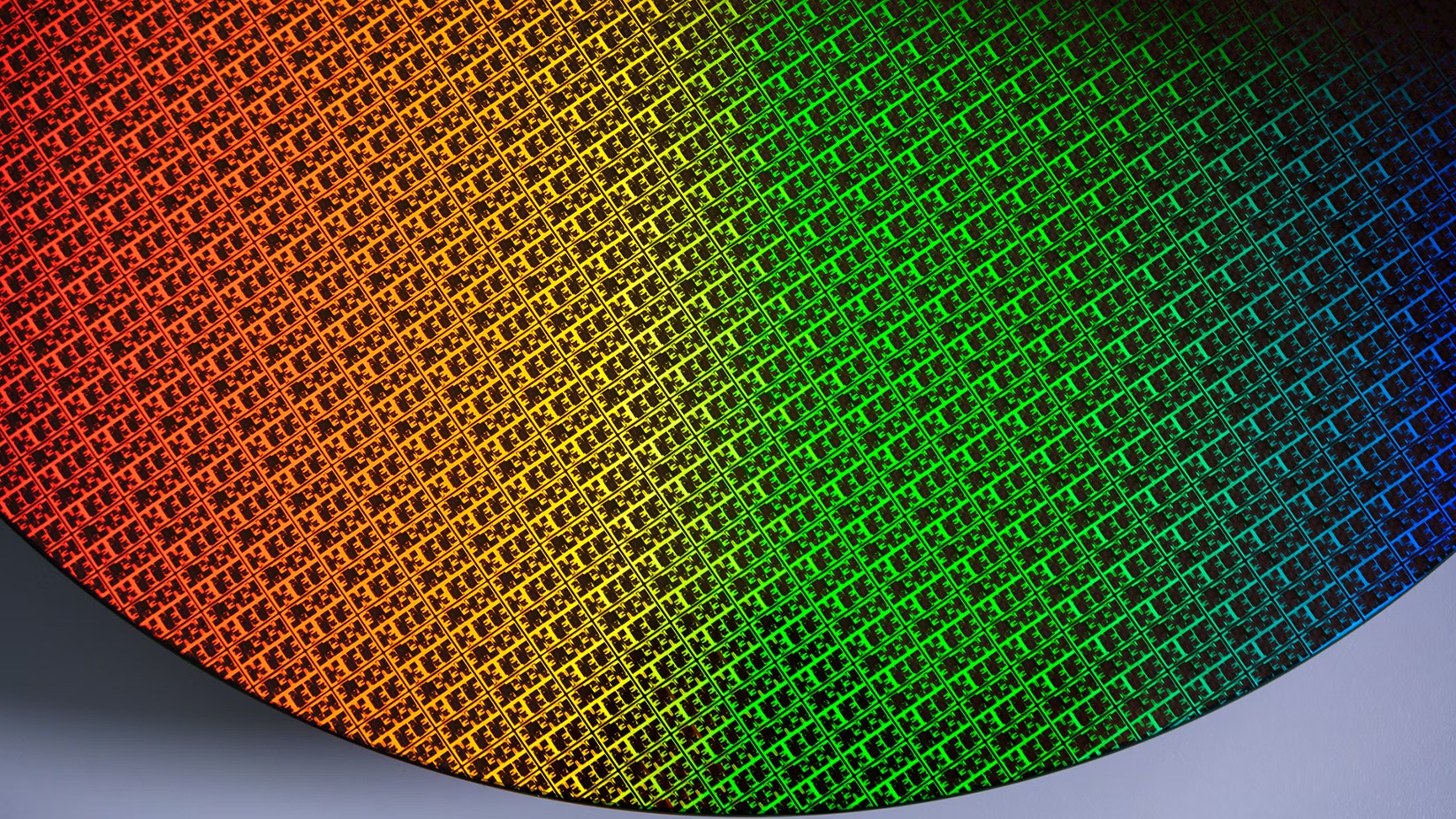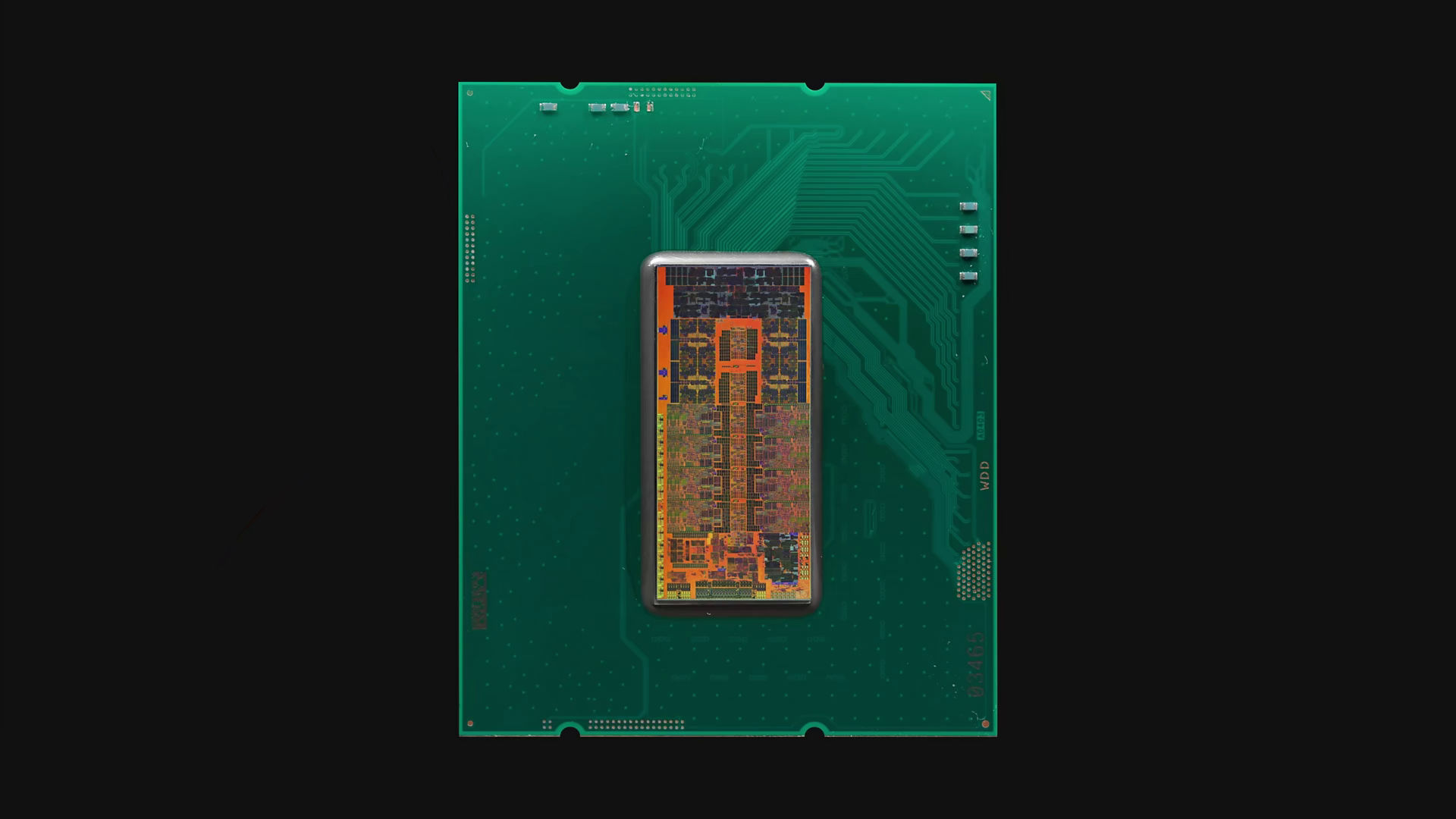
A tricky comparison, given there are no Intel 3 chips in PCs.
Intel has been deep diving on its upcoming 18A chip node at the VLSI Symposium in Japan. And if the company’s claims are to be believed, 18A is looking pretty sweet. Among other factoids, Intel says it’s either up to 25% faster at the same power level, or up to 38% more efficient at the same frequency compared with the Intel 3 node. That’s very promising for laptop battery life in particular.
Of course, Intel 3 is a node of which we have absolutely zero experience. That’s because Intel has never used Intel 3 for a consumer chip, choosing instead to go with TSMC’s N3 node for both its Lunar Lake laptop chip and latest Arrow Lake desktop and mobile CPU family, as used for the Intel Core Ultra 9 285K.
The most advanced Intel node in the PC is Intel 7, which is a rebrand of Intel’s infamous 10nm technology, which ended up arriving the better part of a decade late. Anyway, what to make of these claims from Intel?
Specifically and compared to Intel 3, Intel says that in low voltage 0.65 V operation, 18A is either 18% faster or 38% more efficient, while in high voltage 1.1 V mode, it’s 25% faster or 36% more efficient. In other words, in low voltage mode you can either run the same clock speed as Intel 3 and use 38% less power, or use the same power and enjoy 18% faster clocks.
Meanwhile, in the high performance, high voltage mode, you can choose between either 25% higher clocks for the same power consumption as Intel 3 or the same clocks with 36% lower consumption.
Any way you slice it, these are very nice numbers. It’s just hard to draw too many conclusions given the scarcity of comparable Intel chips on the Intel 3 node. For now, it’s only the Xeon 6 Granite Rapids server CPU, launched earlier this year, that’s built on Intel 3.
Moreover, the fact that Intel passed over Intel 3 for Lunar Lake and Arrow Lake hardly seems like a vote of confidence in its own manufacturing tech. The point being that Intel also made some bullish claims about Intel 3 and an 18% performance-per-watt increase over Intel 4, but it seems like we’ll never get an Intel 3 chip in a PC.
What’s more, even if these claims are accurate, there’s the question of yields. Can Intel actually produce 18A chips at scale? Answers to all these questions will presumably come later this year when the Panther Lake mobile CPU with an 18A CPU die is supposed to be released.
If Intel’s numbers are accurate, Panther Lake ought to be a much more efficient laptop CPU, enabling clearly improved battery life. At least, that’s compared to Intel 3. Exactly how 18A compares with TSMC N3, which is the node used by Intel for Lunar Lake’s CPU cores is a separate matter.
The takeaway here, then, is that this is all very complicated. Intel has released some very promising numbers. But they involve comparison with another Intel node which itself is only available in a range of server chips and it’s unclear how 18A stacks up against TSMC’s competing technology.
The proof will be in the processing, so to speak, when Panther Lake arrives at the end of this year. It’s been a long time coming, but no CPU has ever felt as critical for Intel as Panther Lake.





